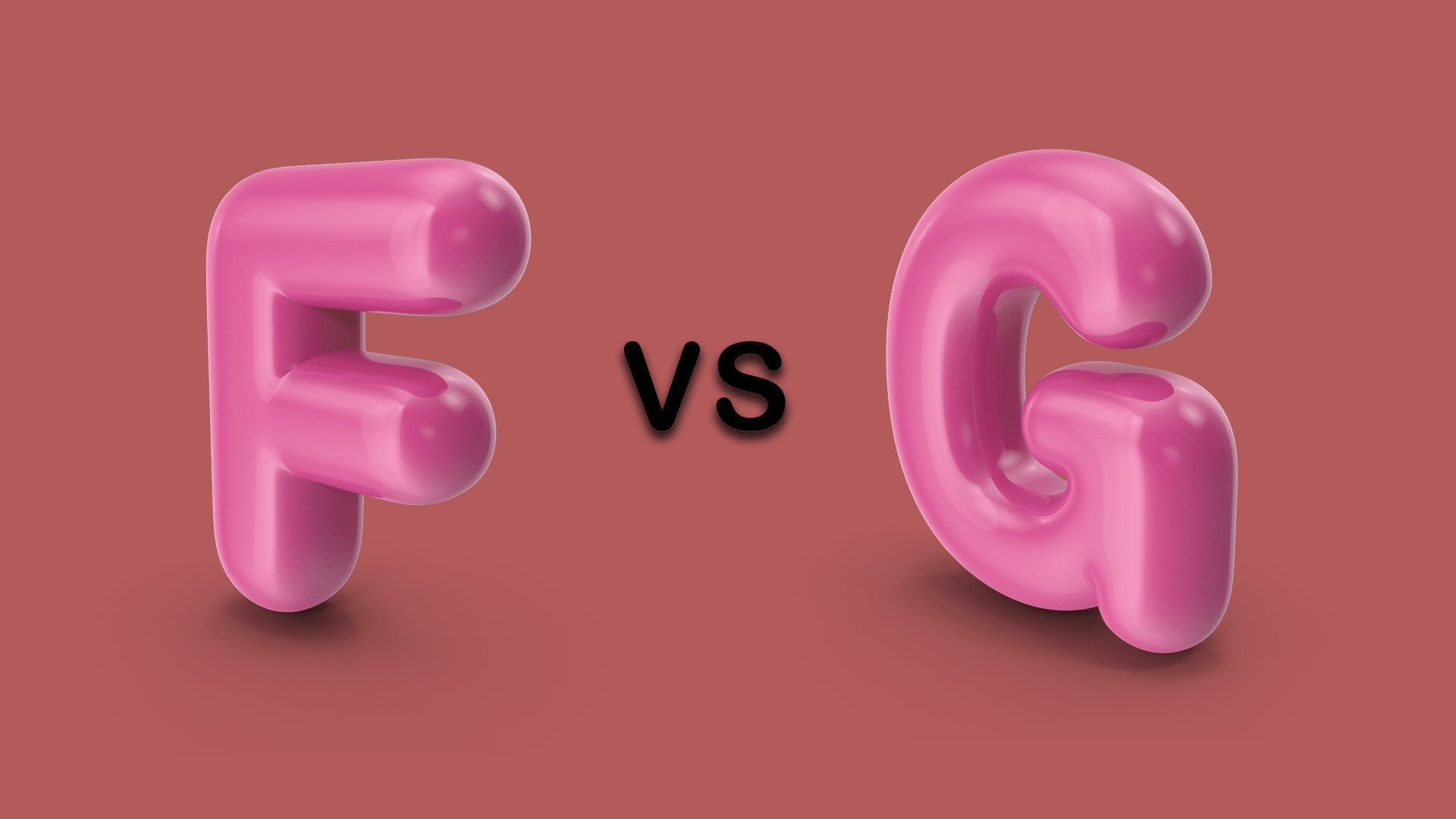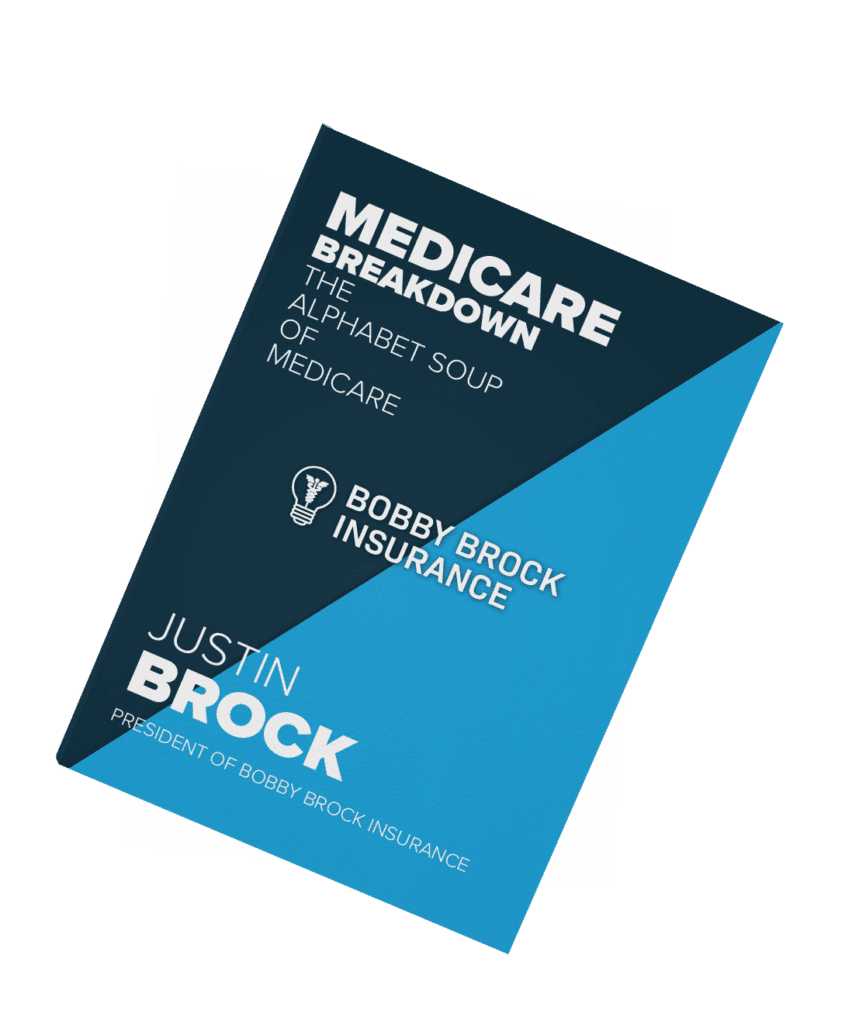One crucial component of overall Medicare packages are the 2020 Medicare Part D plans. If you don’t have Part D, you will have to pay the full cost of your prescription medications. Medicare Part D is coverage for prescription medicine. It is insurance that can help to offset the price of your prescriptions.
The cost of prescription drugs varies widely. At some point, your doctor may unexpectedly prescribe a vital medication that costs hundreds, or maybe even thousands of dollars per month. Without Medicare Part D coverage, you would be left paying the hefty bill yourself or going without your much-needed medication. Don’t let this happen to you!
Options for 2020 Medicare Part D Plans
With Medicare Part D, you basically have two options. It is available as stand-alone coverage (referred to as Prescription Drug Plan or PDP) or as a prescription drug benefit added on to your Medicare Advantage Plan (MA-PD, Medicare Cost Plan, or Medical Savings Account Plan). Medicare Part D benefits are provided by private insurance companies that have been approved by and contracted with Medicare. The plans are considered part of Medicare. Anyone who receives Medicare benefits is eligible for Medicare Part D.
If you choose Medicare Advantage Part C as your Medicare plan, you cannot shop drug plans. You get whatever benefits the MA plan has. If you choose Original Medicare and a Medigap policy, you will need to choose from twenty-five or so “Stand Alone” Part D plans, also referred to as PDPs. PDPs are state-specific. Being able to shop plans means you may be able to get a lower prescription cost than with the Medicare Advantage Plan.
Terminology for 2020 Medicare Part D Plans
Before we go any further, let’s go over some terminology. You need to understand words like formulary, tier, step therapy, etc. Here is a list of terms defined to help you get started.
- Premium – the fee you pay for the insurance
- Deductible – what you pay before your plan starts paying
- Formulary – the list of drugs the plan covers
- Tier – the price category of a given drug; higher tiers are more expensive drugs
- Step therapy – a requirement to try a cheaper drug before a more expensive drug can be prescribed
- Quantity limit – a limit a plan may have on how many doses of your medication can be filled at a one time
- Prior authorization – a requirement to justify the need for the drug before the plan will pay for a covered drug
- Extra help – a government subsidy for people with low income that helps pay for the cost of their plan and the copay on their prescriptions
- Penalty – a penalty is applied to your premium if you did not sign up for a plan when you were first eligible.
Choosing A Plan
Now that you are familiar with the terminology, let’s talk about choosing the best plan for you. Just because a plan has a low premium does not mean it is the cheapest plan. You have to consider the overall cost to you including the premium, your deductible, and copays. You also need to consider the star rating, which is a rating of the service and performance of each plan assigned by Medicare. A higher star rating means the plan provides better service.
The plan you choose will mainly depend on the prescription drugs you have to take. If you are in good health and not taking any drugs, or only a generic, you may be able to get by on a lower priced plan. If you are taking some non-preferred or brand name drugs, it may be worthwhile to buy a plan with a higher premium. Or course your prescriptions could change during the year, but you will have an opportunity to review and change your plan each year during the Medicare Annual Enrollment Period.
Without some help, it would be practically impossible to compare the plans because of all the variables, but there is help. Medicare provides a plan comparison tool on their website at www.medicare.gov to compare the plans. This is the tool our agent/brokers use. It has all the premiums, deductibles, and copays for every drug each plan covers. You go online, create a login (or use it without logging in), enter zip code, your pharmacy, and your drugs. The website provides an overview of the plans, the premiums, copays and deductibles, and star ratings. You can click a link to get more details. The tool is also used to compare Medicare Advantage Plans.
We can help guide you through this process. We do this for all our clients, and we enroll them on the plan of their choice each year. We don’t charge for this. The plan pays our agency a small commission. There is no cost to you, and it is helpful to have the help of an expert who is knowledgeable about the plans. You will have the help of your personal agent/broker whenever you have questions or need service about any plan including Part D, Medigap plan, Medicare Advantage Plan, or any other life or health insurance plan or annuity.
Stand-alone Part D plans are the same statewide for each state. Medicare Advantage Plans can vary within different counties of each state. Medicare Advantage Plans are usually more competitive in metro areas where there are more than one healthcare system. There are around 25 different Stand-alone Part D plans in each state. Most companies have more than one plan. For example, in South Carolina, these are the companies that sponsor the plans in order of lowest premiums:
- Humana
- Envision
- Wellcare
- Clear Spring
- Silverscript by CVS Pharmacy
- Cigna-HealthSpring
- Express Scripts
- Mutual of Omaha
- AARP
- Blue Cross
These insurance companies are plan sponsors approved by Medicare and they are considered part of Medicare. They all have more than one plan option with various premiums, formularies, and copays.
Late Enrollment Penalty for 2020 Medicare Part D Plans
Sometimes people fail to sign up for Part D when they are first eligible. There is a seven-month Initial Election Period to select a plan and sign up. Eligibility begins three months before you are 65 and ends three months after you are 65. If you miss your IEP, you will be subject to a penalty on your premium when you do sign up. The penalty is equal to 1% of the standard monthly premium for each month you did not have coverage after your initial eligibility ended.
Sometimes people have other coverage. If the coverage meets the minimum standard established by Medicare, it is considered “credible” coverage. A person with credible coverage can wait until they lose their credible coverage to sign up.
Silverscript Part D
Let’s take a look at one very popular PDP: Silverscript. SilverScript, a division of CVS Health, has been around since 2006 and has become one of the most popular choices for stand-alone prescription drug coverage. In 2019, 23% of those enrolled in a PDP had chosen SilverScript as their Part D provider.
In 2020, Silverscript will offer two plan choices. One of the two plans will most likely fit your prescription needs, whether you take just a few medications or several medications. The two plans for 2020 are Silverscript Choice and the Silverscript Plus. Let’s take for example a plan purchased in South Carolina. Here is a summary of the two plans offered:
“Silverscript Choice” South Carolina 2020
- The monthly premium will be $21.60
- The annual deductible for tiers 1-2 will be $0
- The annual deductible for tiers 3-5 will be $400
- The copays will be as follows (preferred pharmacy):
- $0 for tier 1 (preferred generic)
- $1 for tier 2 (generic)
- $47 for tier 3 (preferred brand)
- 38% for tier 4 (non-preferred drug)
- 25% for tier 5 (specialty tier)
“Silverscript Plus” South Carolina 2020
- The monthly premium will be $77.40
- The annual deductible for tiers 1-5 will be $0
- The copays will be as follows (preferred pharmacy)
- $0 for tier 1 (preferred generic)
- $2 for tier 2 (generic)
- $47 for tier 3 (preferred brand name)
- 50% for tier 4 (non-preferred brand name)
- 33% for tier 5 (specialty tier)
- $0 for tier 1 coverage gap
- $3 for tier 2 coverage gap
- 25% for tiers 3,4,& 5
Extra Help
Unless you qualify for extra help, all plans require a monthly premium. Extra help is a government subsidy provided through Social Security to help pay your Part D premium and lower your copays.
If you are receiving both Medicare and Medicaid, receiving SSI, or in a Medicare Savings Program you automatically qualify for extra help. Medicare will send you a notice informing you that you qualify. You should hold onto this notice. You can go onto Medicare.gov and choose a plan, or Medicare will assign one for you automatically.
If you are not on one of these programs and you think you might qualify, you will need to apply through Social Security. You can apply online at https://secure.ssa.gov/i1020/start.
Eligibility is determined by an income and resource limit. The income limit is $18,735 for individuals and $25,365 for couples. The resource limit is $14,390 for individuals and $28,720 for couples.
Your Rights And Protections Under The Medicare Program
As a Medicare beneficiary, you have certain rights and protections.
- You have the right to be treated with respect and free from any sort of discrimination
- Under HIPPA, your personal medical information is considered confidential. There are severe penalties if your information is disclosed without your express written permission.
- You are guaranteed access to medical providers, although they may not all be in your network
- You have the right to get information in a way you can understand it.
- You have the right to be treated in an emergency.
- You have the right to get a notice from your insurance provider about claims decisions and what was charged, approved, paid, and what was not paid.
- You have the right to appeal a claims decision if you disagree with it
- You have the right to file a complaint/grievance if you think the quality of your care is not what it should be.
- You To file a complaint, go online to: https://www.medicare.gov/claims-appeals/how-to-file-a-complaint-grievance.
Medicare Part D coverage is essential to your health, as it gives you access to the critical prescriptions you need, either for free or at a reduced price. If you don’t sign up for it when you’re first eligible for Medicare, you could be hit with a late enrollment penalty if you decide to enroll later. Don’t miss your enrollment deadline! Call to talk to an agent/broker at Bobby Brock Insurance help you navigate all of your 2020 Medicare Part D plans.
Related Blog Posts
-
Close to 50 million people are currently enrolled in Original Medicare (Parts A & B). Of those nearly 50 million…
-
If you’ve chosen to enroll in a Medigap plan to supplement your coverage with Original Medicare, you know you still…













